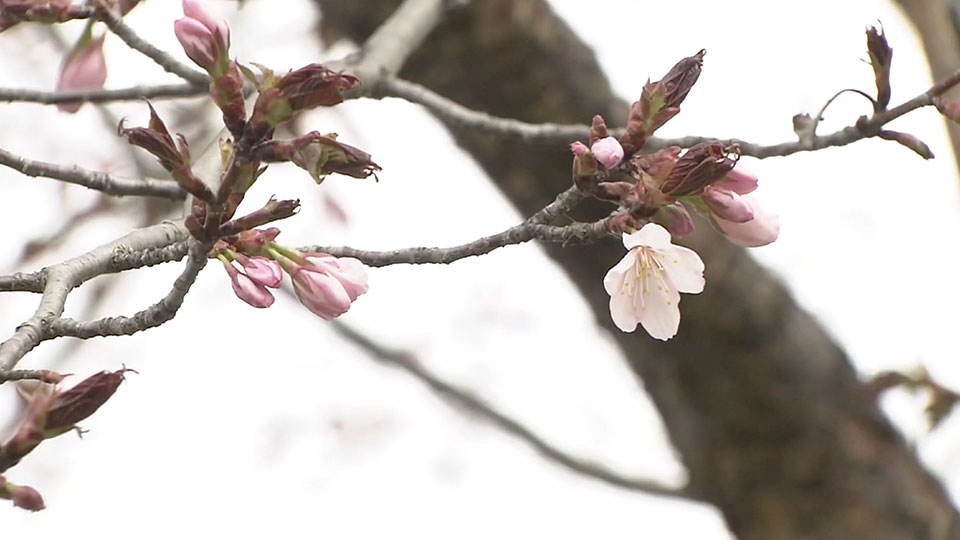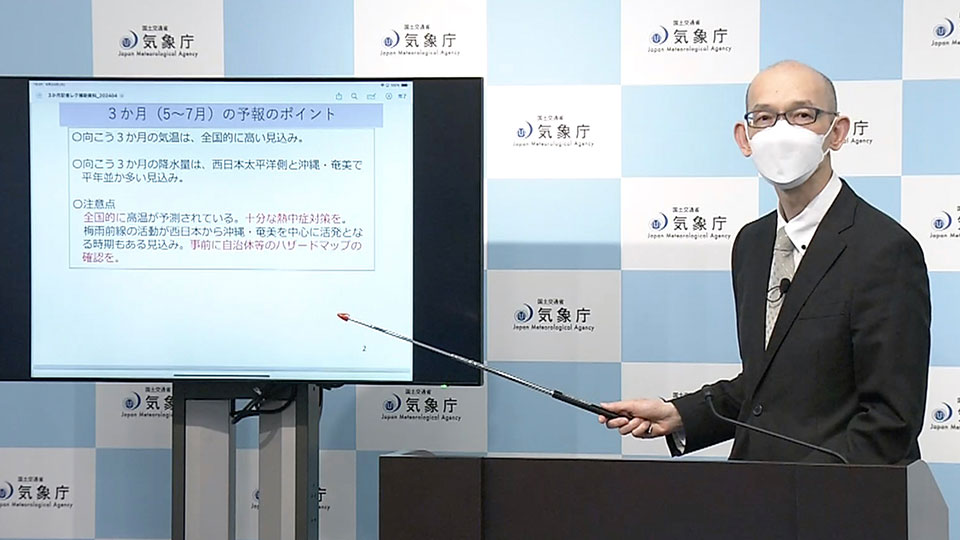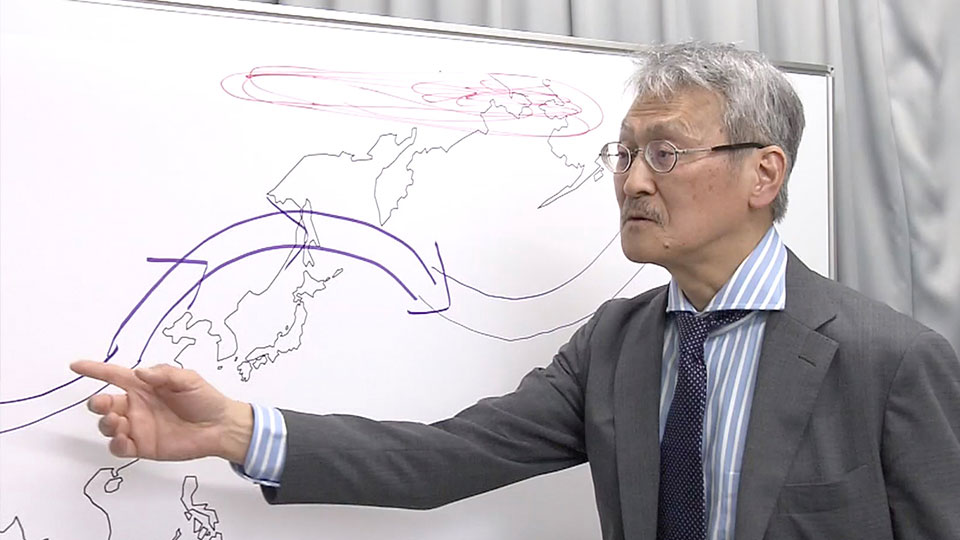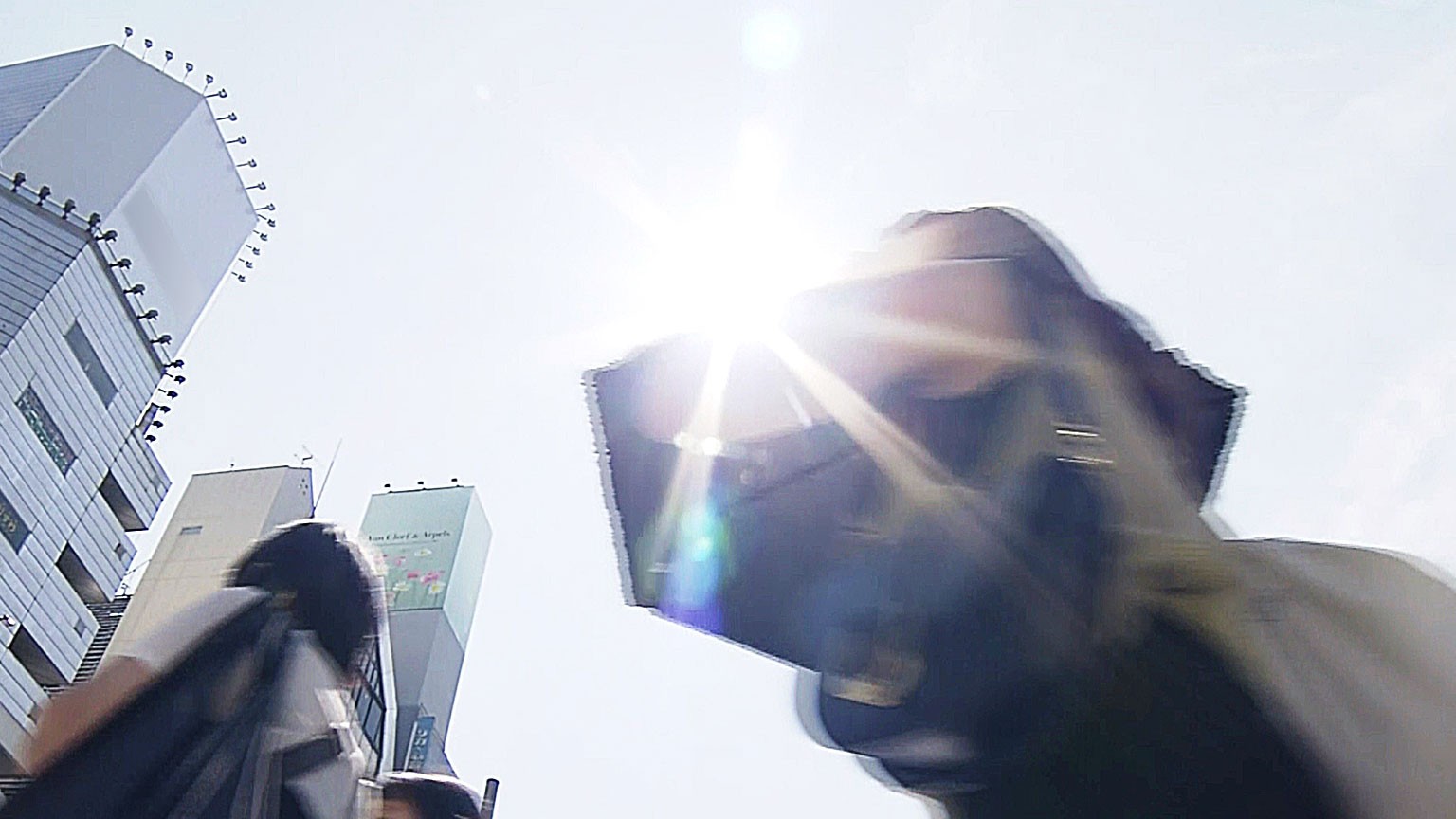May to July forecast to be hotter than usual

Weather officials say temperatures in northern Japan from May through July will be higher than usual, or at normal levels. Temperatures are also likely to be higher than usual in eastern and western Japan, as well as in Okinawa and Amami.

Japan's Special Heat Stroke Alert has, as of Wednesday, begun operations for this year.
It will be issued for prefectures where the heat index, based on factors such as temperature and humidity, is predicted to hit 35 or higher at all observation points.
Prefectures where the alert is issued will be required to take action to prevent heatstroke and designate public and private air-conditioned facilities as "cooling shelters" in advance, and open them.
School principals, business managers and event organizers will also be required to take comprehensive measures against heatstroke.
Hotter weather caused by meandering westerly winds, high sea temperatures
Meteorologist Tachibana Yoshihiro, who is a professor at Mie University, says westerly winds are meandering around Japan. When they circulate clockwise, it results in a high pressure system covering the country. He says this is the direct cause of Japan's extremely warm weather.

Tachibana says the westerly winds meander when their speed is slow. He says the speed of the westerly winds depends on the temperature difference between the cold air in the Arctic and the hotter air at the equator.
He says ice in the Arctic is melting, indicating it's very warm. Consequently, the temperature difference between the equator and the Arctic has narrowed.
Tachibana also monitors sea surface temperatures around Japan. He says the temperatures are higher than in average years, specifically six degrees higher than normal.
He has observed temperatures in different waters, but this is the first time he has seen such high temperatures in waters around Japan. He says warm sea breezes will exacerbate the intense heat.
Measures against the heat
All kinds of changes are being made to cope with the summer heat.
The Soma Nomaoi horse festival in Soma city in Fukushima Prefecture has been held every year at the end of July. But this year, it will be held in May.

The event is famous for its horseback-riding participants garbed in traditional samurai armor. But at the festival held in July last year, 11 people were taken to the hospital with symptoms believed to be heatstroke and one horse died.

The national high school baseball championship, which will be held at Koshien ballpark in August, has changed the start times of games.
To avoid the hottest hours of the day, the games in the first three days will start in the morning and late in the afternoon.
People should prepare for scorching temps as they would a typhoon
Tachibana says the heat was severe last year and the year before that, and this year will also be scorching.
So he wants people to check the weather forecast, and if they feel the day will be too hot, they should stay home if they have no urgent business or errands.
He says he wants people to be careful of the scorching temperatures as they would a typhoon. Tachibana says we will need to be aware we live in an era where abnormal weather is the norm.
Related data: Heatstroke Risk Information
